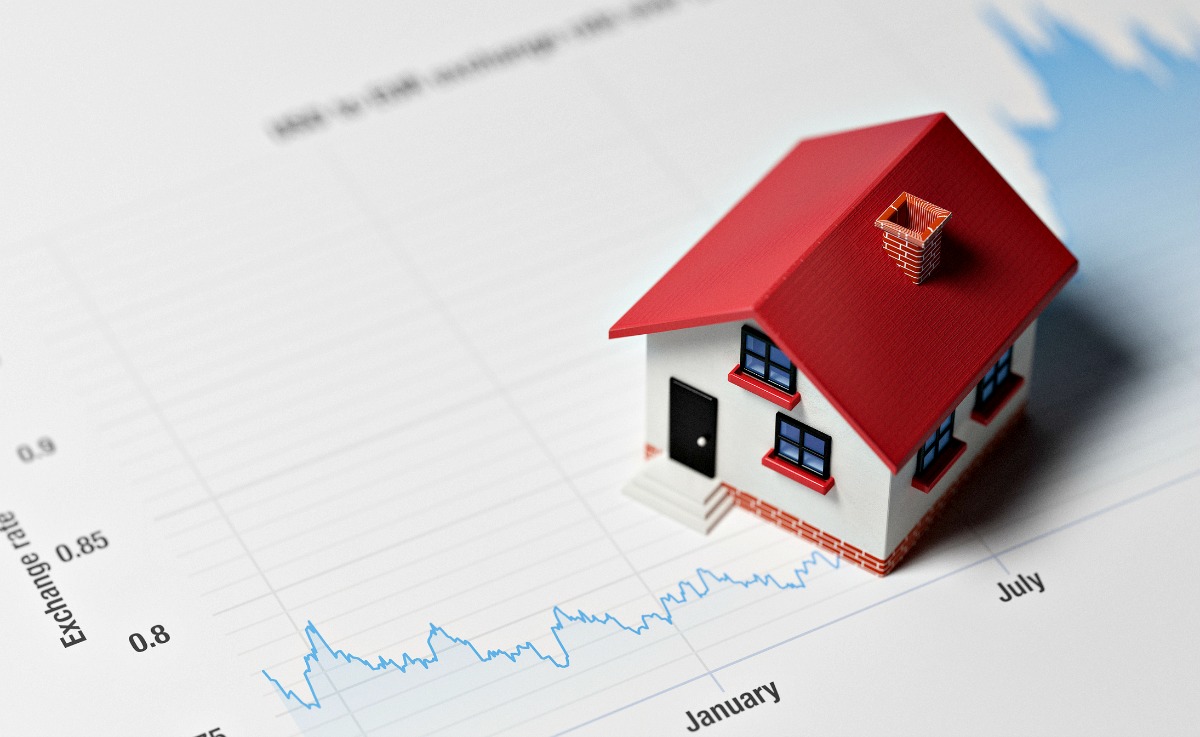The Current State of the Real Estate Market: A Comprehensive Overview
The real estate market is a dynamic and ever-changing industry that plays a crucial role in the global economy. It serves as a barometer for economic health, investment opportunities, and the overall well-being of communities. In recent years, the real estate market has experienced significant fluctuations and shifts, influenced by various factors such as economic conditions, government policies, and societal changes. This article aims to provide a comprehensive overview of the current state of the real estate market, highlighting key trends, challenges, and opportunities.
One of the most notable trends in the real estate market is the surge in housing prices. Across many regions, housing prices have been steadily increasing, driven by a combination of low interest rates, limited housing supply, and high demand. This has created a challenging environment for first-time homebuyers, who often struggle to afford the rising prices. Additionally, the pandemic has further exacerbated this issue, as remote work and changing lifestyle preferences have led to increased demand for larger homes in suburban areas, resulting in bidding wars and inflated prices.
Another significant trend is the rise of the rental market. With homeownership becoming increasingly unattainable for many, renting has become a more viable option. This has led to a surge in demand for rental properties, particularly in urban areas. However, the rental market has faced its own set of challenges, such as rising rental costs and a lack of affordable housing options. As a result, policymakers and real estate developers are exploring ways to address these issues and provide more affordable rental housing options.
The commercial real estate sector has also experienced significant changes. The pandemic has had a profound impact on the office space market, as remote work and flexible work arrangements have become more prevalent. Many companies have downsized their office spaces or shifted to remote work permanently, leading to a decrease in demand for commercial real estate. On the other hand, the industrial and logistics sector has seen a surge in demand, driven by the growth of e-commerce and the need for efficient supply chain networks. This has resulted in increased investment in warehouses and distribution centers.
Sustainability and green building practices have become increasingly important in the real estate market. With growing concerns about climate change and environmental sustainability, there is a growing demand for energy-efficient and environmentally friendly buildings. Many governments and organizations have implemented regulations and incentives to promote sustainable building practices, such as LEED certification and tax incentives for green buildings. This trend is expected to continue as more investors and tenants
For more updates from John Femenia, check out our blog.

